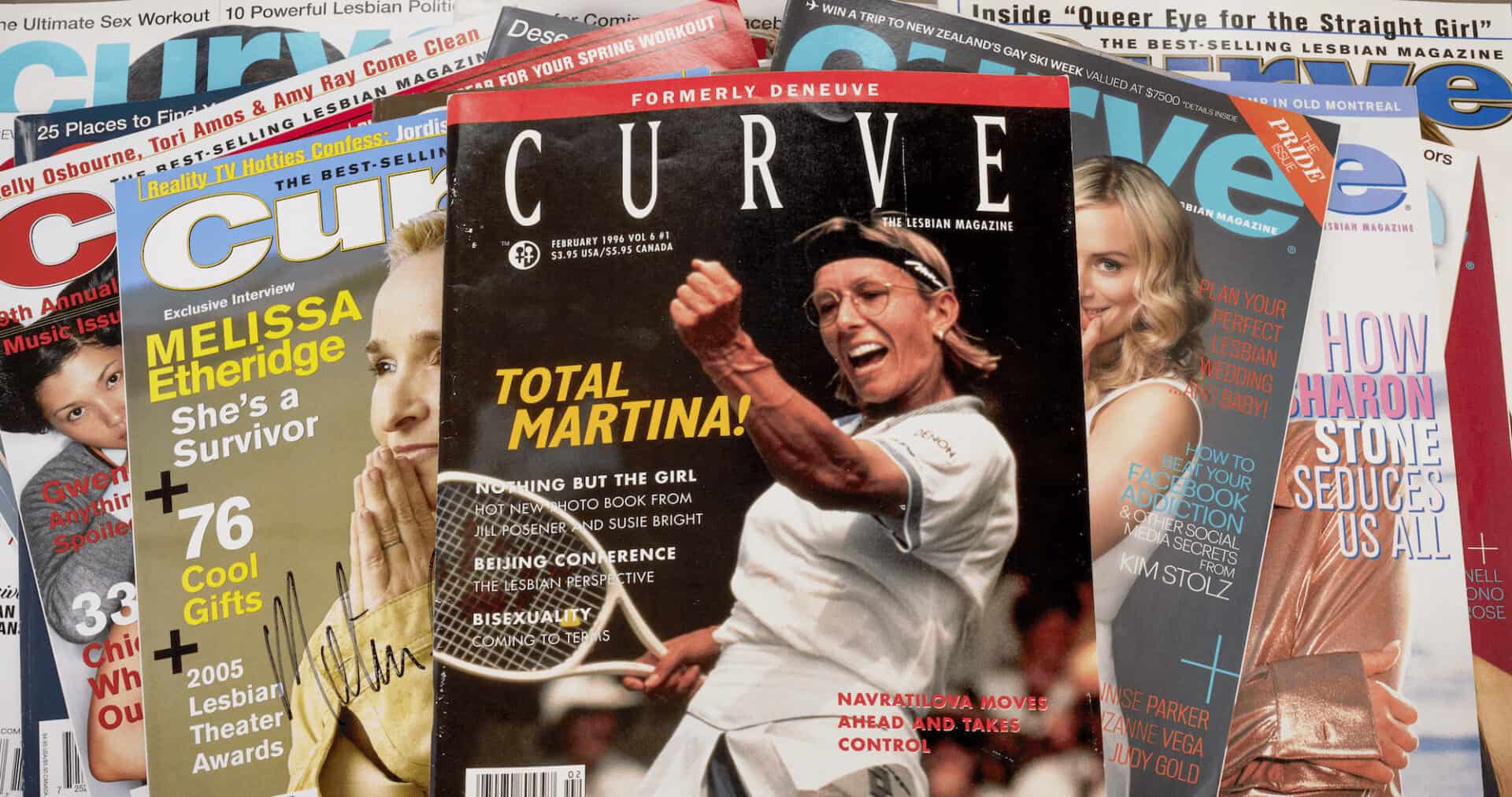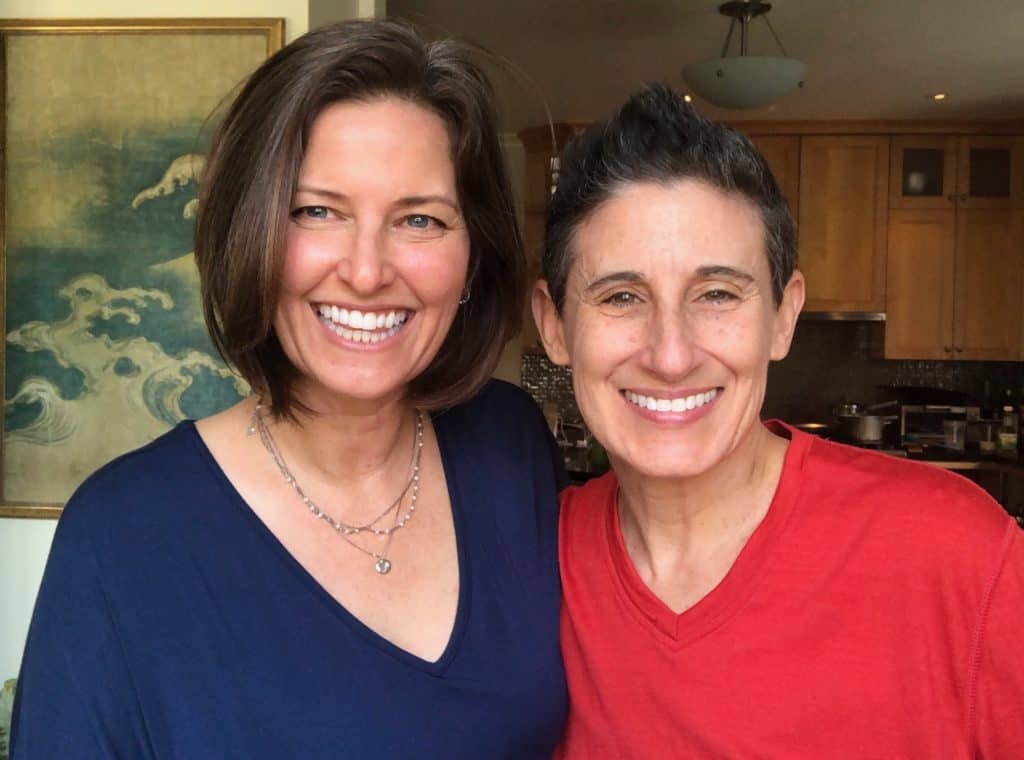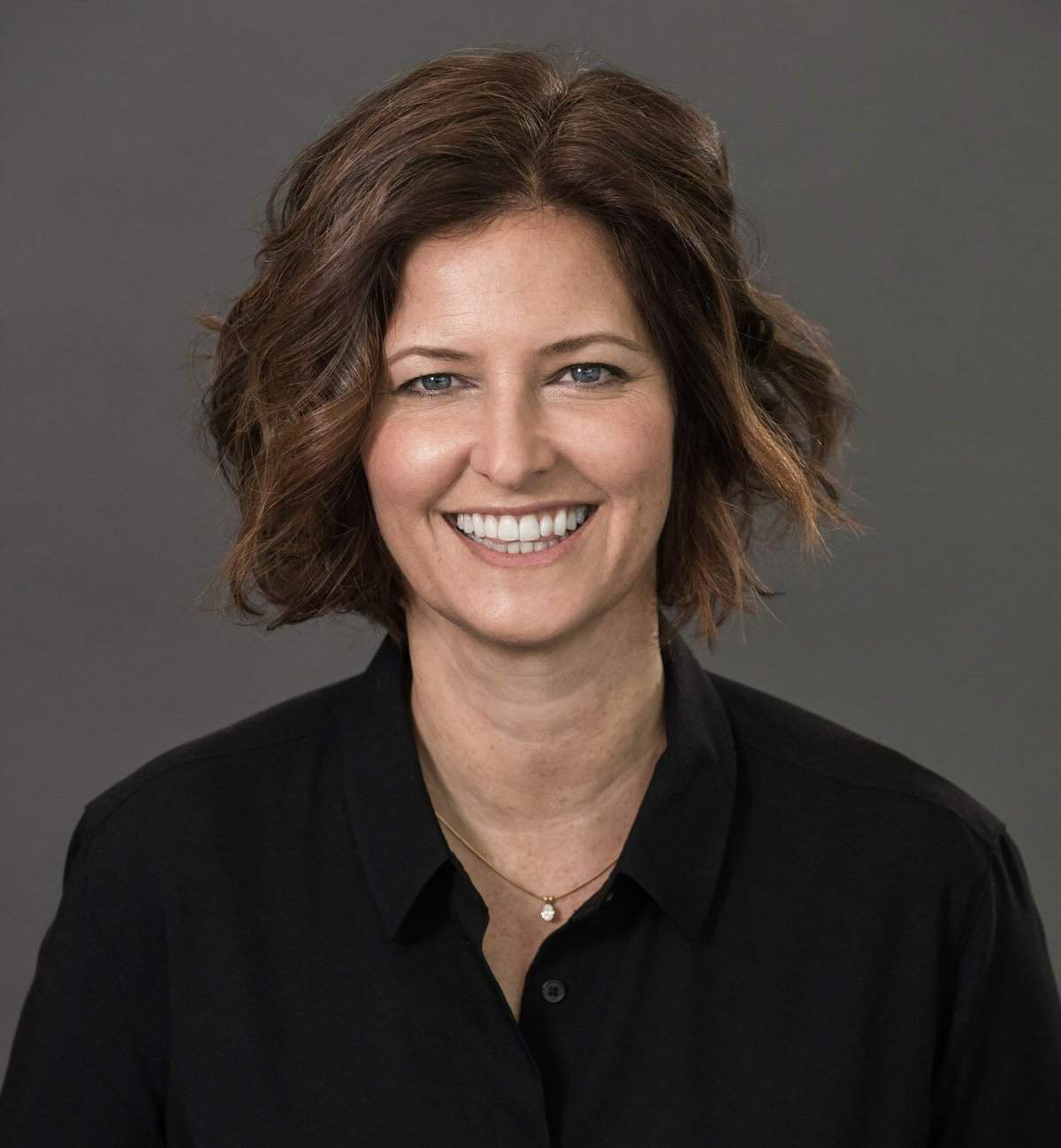|By Jen Rainin, Co-Founder of The Curve Foundation|
Franco Stevens arrived in the San Francisco Bay Area, California, in the late-1980s, looking to immerse herself in the lesbian community she knew existed there. Certain that the Castro’s A Different Light bookstore would carry a magazine that would connect her to San Francisco’s vibrant lesbian scene, she was surprised to be told that no such publication existed. She took a job at this same bookstore, and when she realised other women were hungry for the same sort of magazine, Franco decided to create what she and other women desired; the story of how she did that is documented in the award-winning documentary Ahead of the Curve.
In 1991, very few celebrities had come out, so Franco’s first issue of the groundbreaking Deneuve magazine didn’t feature a lesbian celebrity on the cover. The rise of lesbian chic and the wave of “celesbians” that would follow was still a couple of years away. But the issue did feature Franco on the back cover looking every inch the picture of lesbian chic: relaxed, confident, and brimming with sex appeal. Franco Stevens was a self-invented pioneer of lesbian visibility, using the medium of print to hold up a mirror to lesbians everywhere so they could see themselves — and find each other.
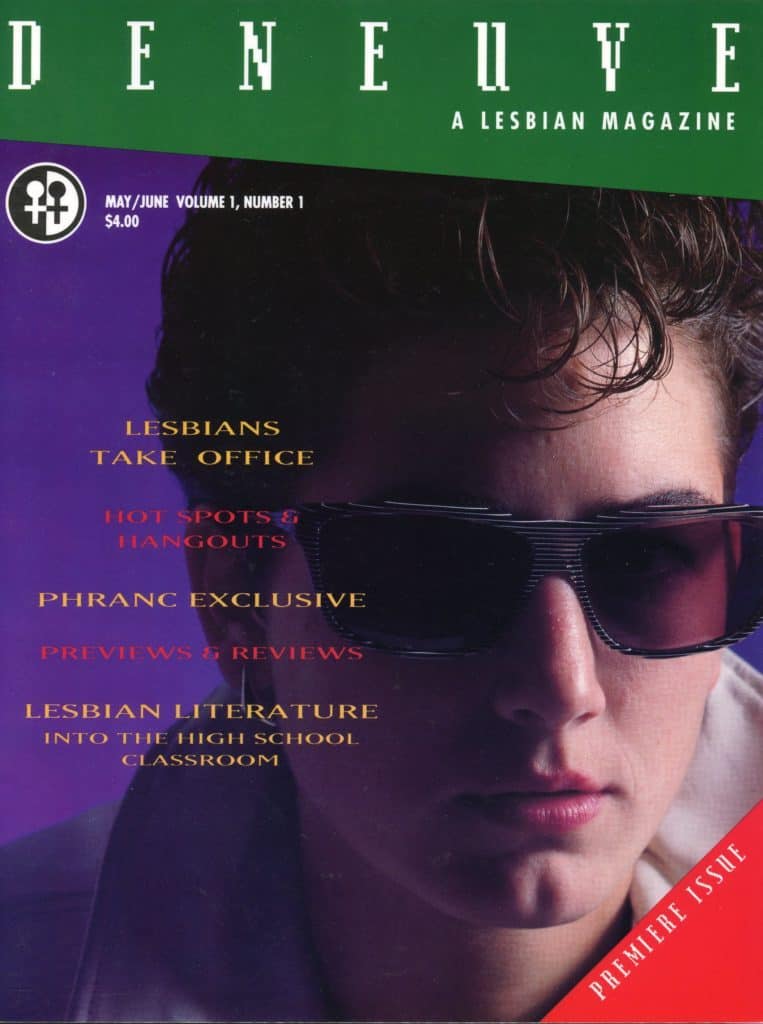
After surviving a trademark lawsuit brought by Catherine Deneuve and going on to build the re-titled Curve magazine into the world’s best-selling newsstand publication for lesbians and queer women — the brand also branched into events, merchandise and dating — Franco sold Curve, citing publishing and health challenges, as well as the desire to spend more time with her family.
Australian publisher Silke Bader acquired the magazine, and for ten years endeavored to meet the demands of an increasingly challenging world for print publications, where the label ‘lesbian’ fractured into other identities, and a digital revolution offered increasingly free editorial content — and rewarded shorter attention spans.
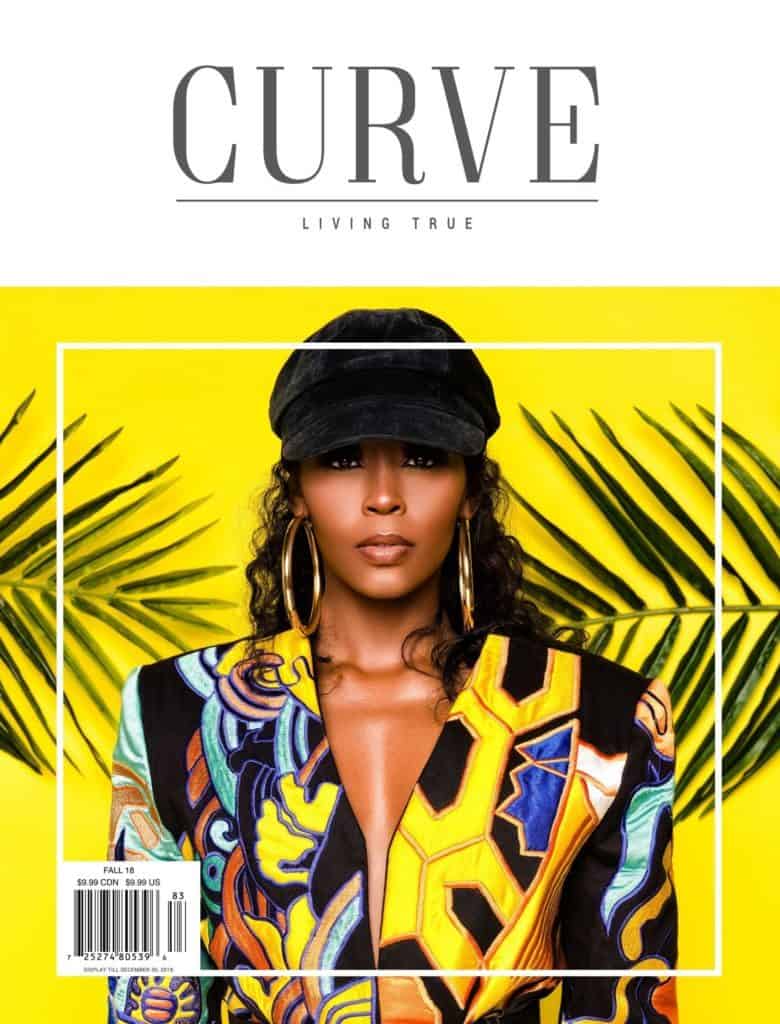
“It felt like when I sold the magazine, my child was going off to be married,” Franco recalls of the moment she decided to let her beloved magazine go. In a wonderful turn of events ten years later, her ‘child’ would come back home. “I never imagined that would happen, partially because my physical abilities haven’t changed since I had to relinquish the magazine,” she reveals. “But I have been given a great opportunity to reconnect with the community and discover what we want and need now.”
In many ways, time has intensified the need for the original mission of the magazine. When Franco was in charge, she understood that she wasn’t just producing reading material — she was creating permission for same-sex attracted women to hold space in the wider culture.
“Back in the day, we couldn’t have imagined that the internet would connect us all. Having a gorgeous, glossy, mainstream-looking magazine that you could hold in your hands made us visible to both each other and to the wider world. It was a validation of our lives and our own community.”

Above all, Franco wanted to create a ‘home base’ for lesbians. But populating that base wasn’t easy. “We went on cross-country tours to lesbian bars and bookstores, and we threw parties and events to create a sense of community and to introduce women to the magazine, wherever they were,” she recalls. “I mean, when there’s no internet, how do you get the word out about something that’s never happened before? You have to hit the pavement. It’s not like today where you can find women in online spaces. We literally had to go to where they were. And sometimes finding them even in their hometowns was hard.”
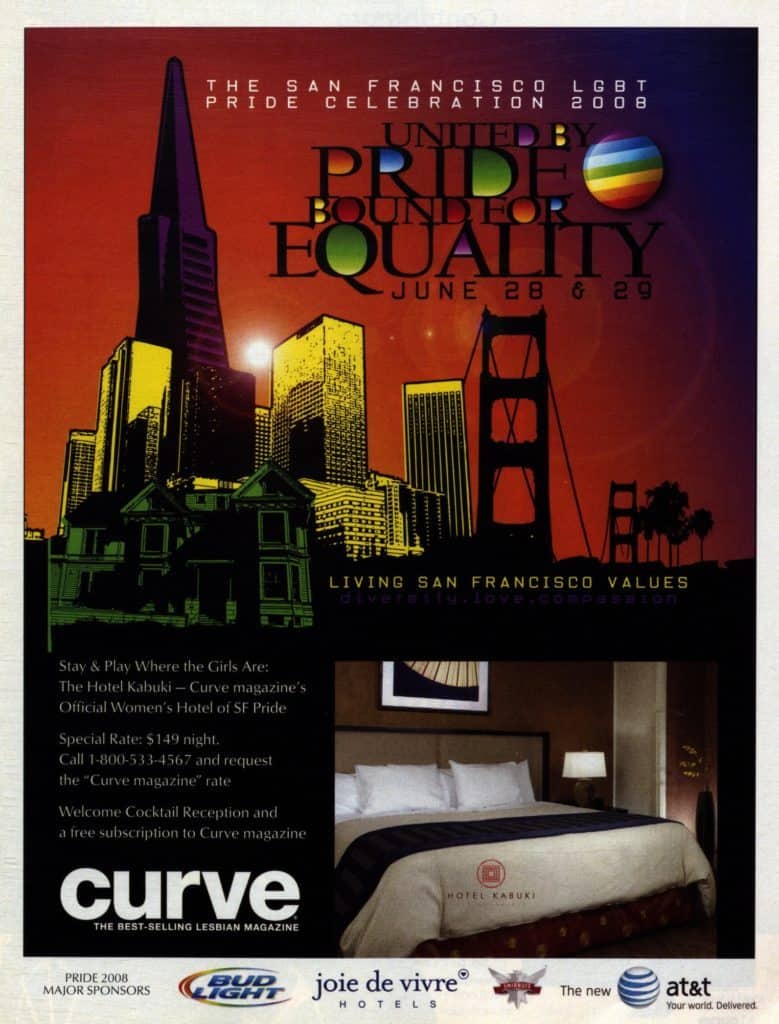
With the kind of energy reserved for ambitious 20-somethings, Franco and the Curve team would visit a new city every day, do a radio show, a bookstore reading, a meet-and-greet in a coffee shop, and then head to a party in a club or bar that night, and crash on a local woman’s sofa or pack into a motel room if they had the cash. “The magazine became a way for women to connect when they had no other way to meet each other,” says Franco. “That was deeply powerful validation that you’re not alone.”
In early 2021, Franco reimagined the home base she had created with her magazine as The Curve Foundation, a non-profit organization conceived to empower lesbians, queer women, trans women, and non-binary people of all races, ages and abilities to share our stories, connect and raise visibility. Franco reacquired the publication and donated it to The Curve Foundation. She feels thrilled to have Jasmine Sudarkasa, the new Executive Director, take the lead on the re-envisioned publication going forward.
The Curve Foundation’s first programme is a partnership with NLGJA: The Association of LQBTQ Journalists to create the Curve Award for Emerging Journalists focused on LGBTQ+ women’s stories. “We need to amplify the most marginalised voices in our movement now, focusing on inclusion and on cross-movement work around racial justice, immigration, disability rights,” says Franco. “The Curve Foundation aims to be a powerful platform for this work.”
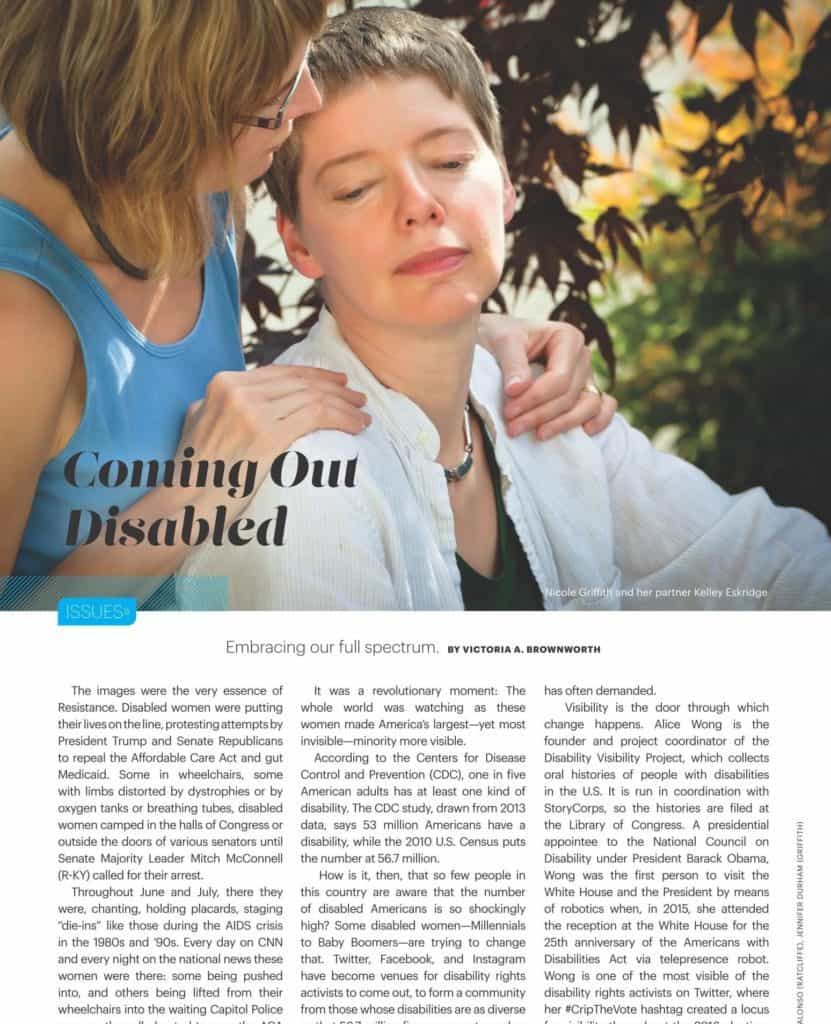
Along with reclaiming the iconic brand and mission, The Curve Foundation houses thirty years of Curve and Deneuve back issues. These magazines document the history and voices of the lesbian movement from the 1990s to today. Franco sees the archive as an opportunity to foster a robust intergenerational conversation and believes “It’s incredibly powerful for young people to receive accurate stories about their lineage and where they come from, and for elders to help support new ideas that the young ones bring in.” No other existing resource so fully documents queer women’s past and present and there is no doubt that women of a certain age who were part of Curve’s history will be happy to see their stories preserved and honoured.
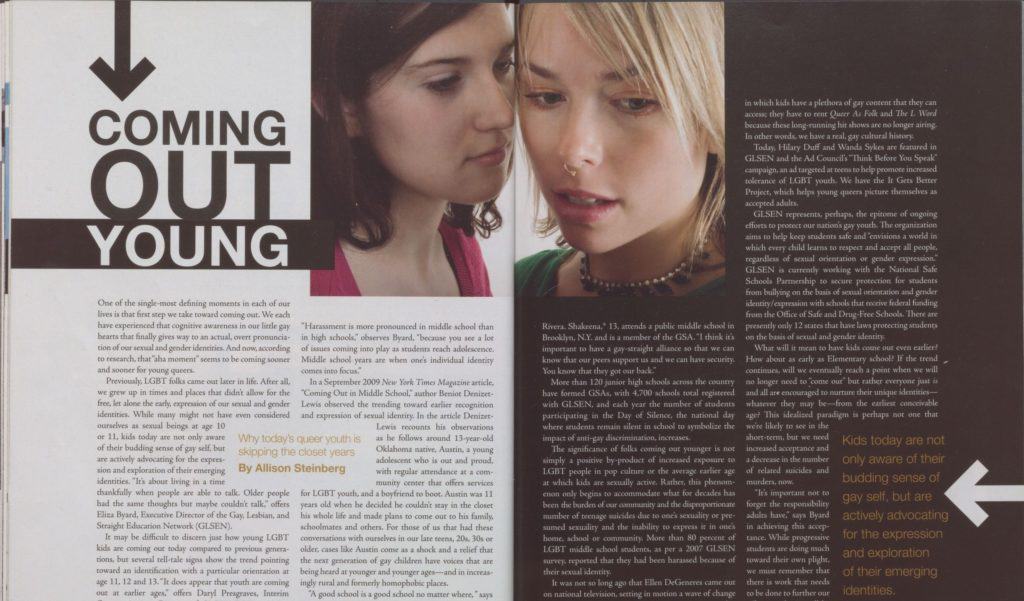
The story behind Curve magazine and The Curve Foundation comes together in the new documentary, Ahead of the Curve. When Franco was first approached with the idea to make a movie about her incredible lesbian life, her first thought was that she was far more comfortable behind the scenes. “I said I’m not sure I want to do that.” But Franco trusted the filmmaking team, and when she realised the power of her story, she embraced the opportunity to share the incredible story of her adventures with Curve.
Midway through filming, Franco received a call from the owner/publisher Silke Bader, who was having trouble keeping the magazine going. The filmmakers went from filming what they thought was their last scene, to making it the opening scene! The story shifted from a historical biopic to Franco’s journey to learn whether or not Curve’s mission was still needed today. Ahead of the Curve answers that question with a resounding “yes!” as Franco reconnects with the community and meets some of the queer women leading the movement today.
Visibility and representation are the most powerful tools to protect LGBTQ+ women, and Franco knew this 30 years ago. Her work moved the nation forward socially and politically by creating space, visibility, and empathy for anyone who identified as lesbian. Available on streaming services, the film Ahead of the Curve chronicles Franco’s journey from the ‘90s to today, includes interviews with Melissa Etheridge and Lea DeLaria, and amplifies the voices of leaders including Kim Katrin, Denice Frohman, Andrea Pino-Silva, Amber Hikes, and Jewelle Gomez. The film introduces The Curve Foundation to the world to continue Franco’s critical work into the future.
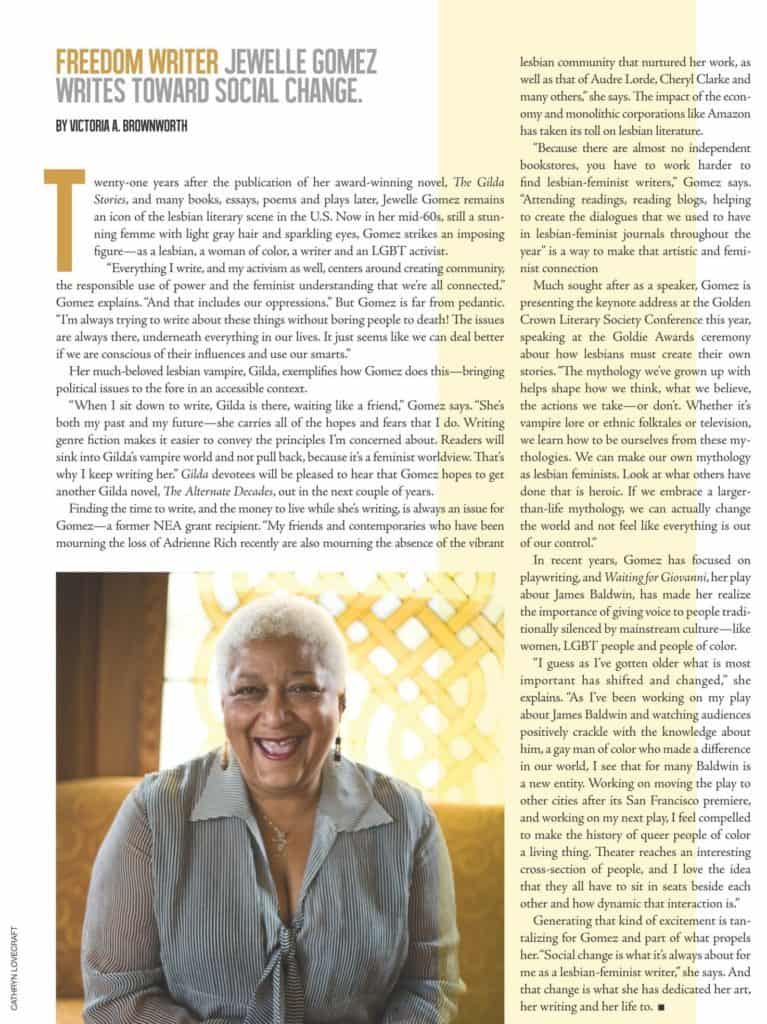
When Franco visualises the future of Curve she sees herself interacting with an inclusive community rich in history and purpose. “Using all the tools at our disposal today to take control of our own stories and lift up the beautiful diversity of our community would be really powerful. That’s my dream for Curve.” ▪️
Magazines like Deneuve and Curve are critical to supporting marginalised voices and providing a record of histories that might otherwise be erased. Gale is proud to partner with The Curve Foundation and to provide Deneuve and Curve as part of our Archives of Sexuality and Gender digital archive series.
The release of Ahead of the Curve in 2021 was also covered in the Guardian. The article includes further information about why Deneuve became Curve:
[Deneuve] became Curve in 1996 after the French film star Catherine Deneuve sued them for trademark infringement, though Stevens always denied it had been named after her. The magazine almost buckled under the cost, and, with the stress of it all, Stevens’ hair began to fall out. Eventually, she changed the name. “When I got that summons for the lawsuit, I was like, ‘Oh, this is a joke, right? What?’ Catherine Deneuve is suing us? It’s crazy.”
Gale’s Archives of Sexuality and Gender also includes articles from other publications which covered the lawsuit:
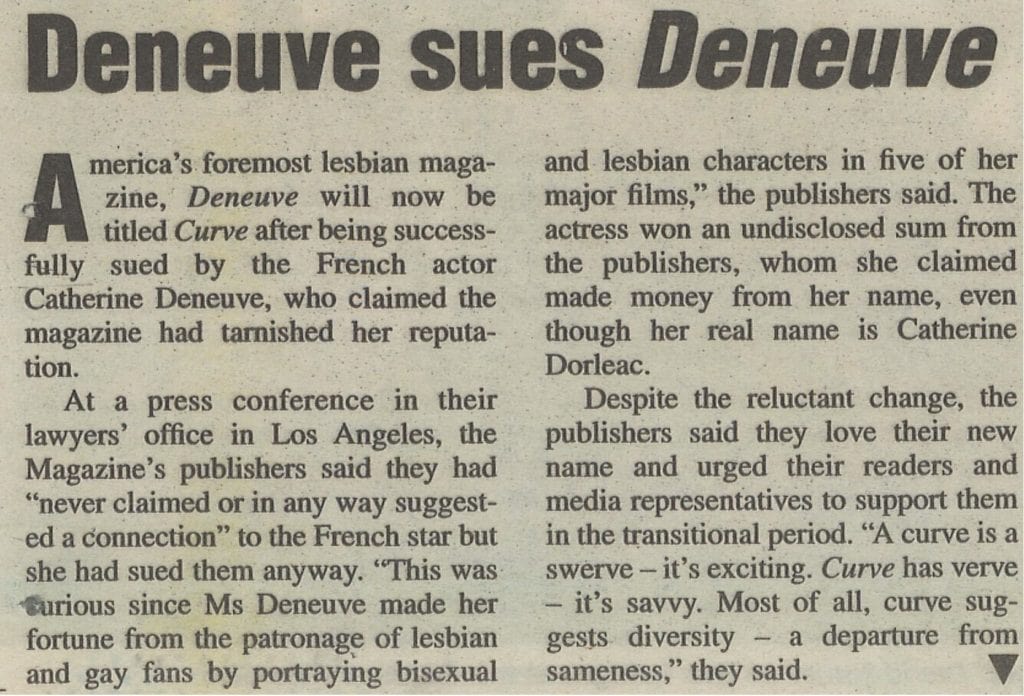
If you enjoyed reading about the foundation of Curve magazine, the support it gave to the lesbian community and the history of the magazine, you may like:
- The Lesbian Avengers and the Importance of Intersectionality in LGBTQ+ Activism
- Grassroots activism in amateur publications written by women, African Americans and the LGBT+ community
- Feminist protests over the years – the continued fight for equality
- Lesbians and Gays Support the Miners
- Exploration of Trans Visibility Over the Years
- The History of International Women’s Day
Blog post cover image citation: A still from the film, Ahead of the Curve. Courtesy of Ahead of the Curve.

